

Sometimes you want a Minecraft contraption to involve entities. You may want to throw an item into a machine that drops it on a random tile in a chance game, or you may want to channel the zombies from a dungeon into your neighbor’s house. Though accomplishing this task sometimes requires no redstone-based items, it often follows the same principles and can be improved with a bit of circuitry.
You can transfer entities around the world in a few ways, to get them where you need them to be:
Piston: A piston can be used to push objects around in all directions, including entities — you can push them up, down, or to the side. This item is useful for moving entities that are constrained to small areas, such as raising a creeper on a small platform or pushing some items over a thin ledge.
Water: A channel of flowing water is good at pushing entities in a certain direction. For example, if you build a farm to automatically produce items, you can build a stream that funnels all dropped items into a hopper. Note that mobs always attempt to swim up to the surface of water, so a vertical waterfall makes a good elevator for leading creatures upward.
Ice: Entities such as items can be thrown or dispensed onto a trail of ice, where they slide for quite a long distance before stopping. Blocks of packed ice achieve the same effect, except that they can also be powered by redstone current.
Bait: You can also make entities move by calling on their behaviors. For example, a villager in a well-defended minecart can lure zombies; a snow golem can aggravate nearby mobs with its snowball attack; wheat can attract pigs and cows; and cats can scare away creepers. It’s an effective way to guide mobs to — or away from — certain areas and contraptions.
You can use any of these methods to move entities wherever you want in your circuit.
What is the point is of moving entities around with engineering? Whether it’s throwing items around or guiding mobs toward certain areas, entities and their behaviors can be surprisingly useful in programming.
Here are just a few ideas for what you can do with these concepts:
Mob-powered randomizers: Set pigs, slimes, or other mobs in a room containing one or more pressure plates. Because the mobs move around fairly randomly, they can trigger a circuit at random intervals.
Item input: Use dispensers, hoppers, and ice to move items around your circuit. This way, players can throw items into the machine to make it run, or item-harvesting farms can transfer its produce to a specific container or onto a pressure plate.
Mob farms: You can build special “farms” that turn Minecraft’s constant waves of mobs into a constant supply of items — this involves manipulating both mobs and items.
An empty minecart can contain a mob. Mobs enter minecarts automatically, and activator rails can eject them. In addition, mobs avoid crossing over minecart rails. Thus, entity-based circuits also work well with minecart tracks.
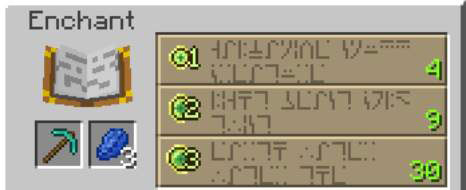
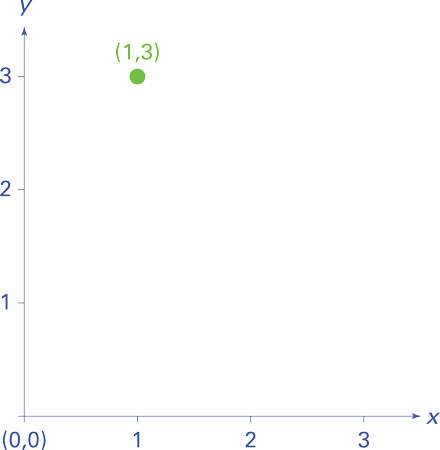
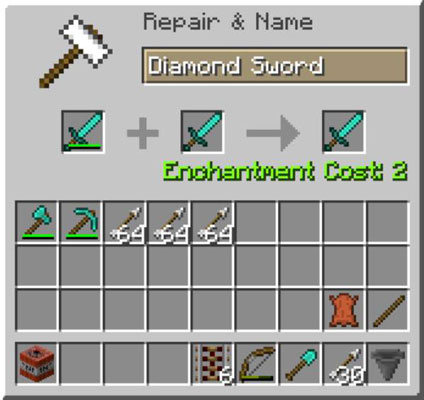

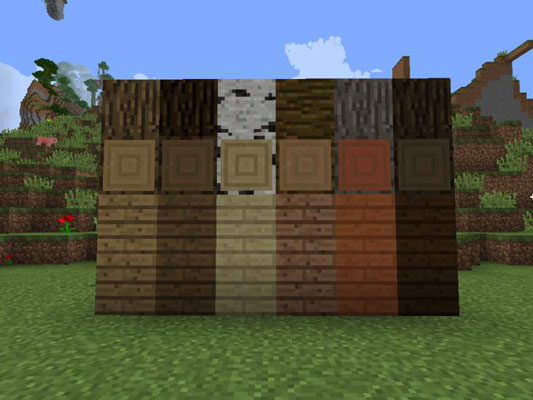 10 Essential Minecraft Ingredients - For Dummies
10 Essential Minecraft Ingredients - For Dummies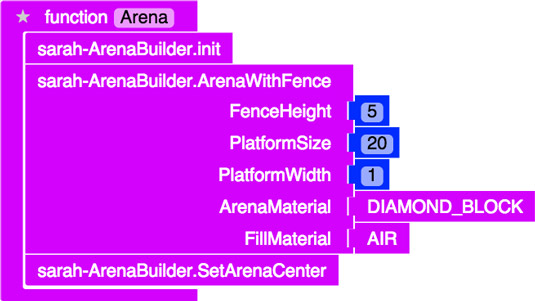 Minecraft Modding: How to Make a Way to Win and Lose in Spleef - For Dummies
Minecraft Modding: How to Make a Way to Win and Lose in Spleef - For Dummies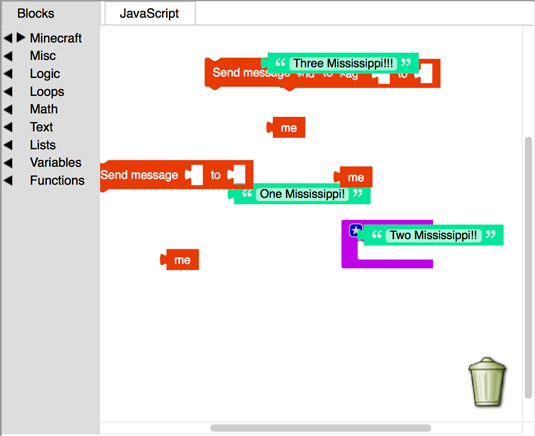 How to Earn Minecraft Scramble Badges - For Dummies
How to Earn Minecraft Scramble Badges - For Dummies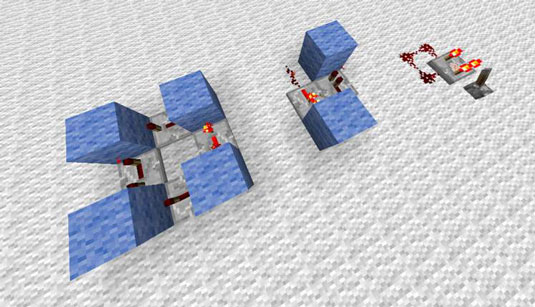 How to Construct a Loop in Minecraft - For Dummies
How to Construct a Loop in Minecraft - For Dummies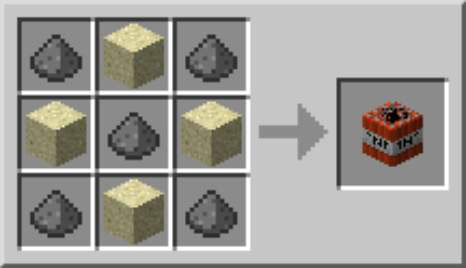 How to Use Fire in Minecraft - For Dummies
How to Use Fire in Minecraft - For Dummies